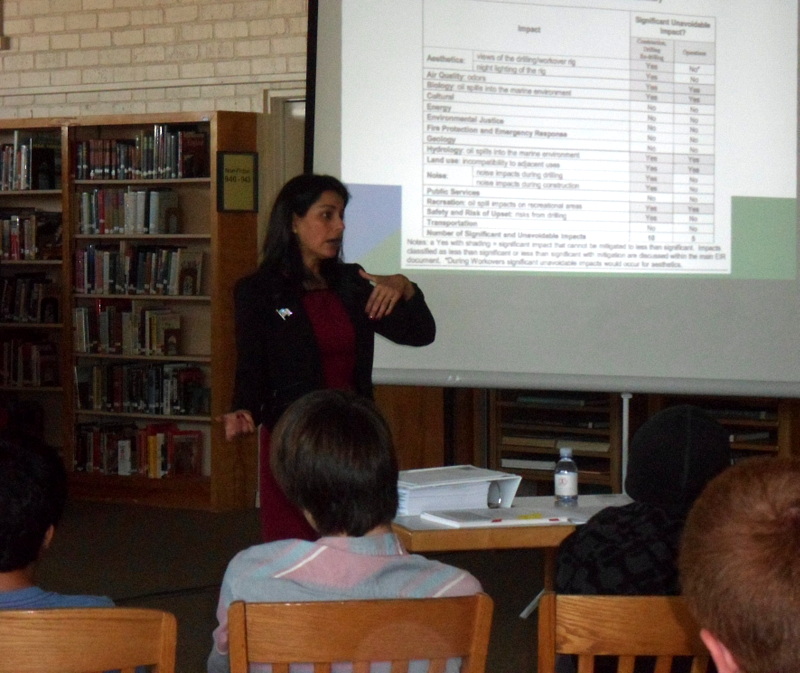Naomi Kruh
Staff Writer
Crypto Locker, a computer virus that is known for encrypting files and holding them for ransom, found its way into English teacher, Jonathan Westerberg’s school computer.
Crypto Locker is a virus that can disguise itself and get onto someones computer and potentially destroy their files. Crypto Locker generally enters a computer as an email attachment however there are other ways for the virus to spread.
“I’m typically pretty good about not opening anything that I don’t know exactly what it is, so I don’t know how it came to me,” Westerberg said. “But it certainly was not from opening a file.”
On Tuesday, February 7, Westerberg’s Dell personal computer contained a window that he was unable to remove which contained a 50 hour countdown. The page also included information warning Westerberg that if he did not pay a $400 ransom by the time the timer ran out, all of his files would be destroyed.
“I had just received a new laptop when all of this happened so I didn’t really care, I just thought the computer was turning to junk and it was when I opened my files that I realized it was serious,” Westerberg said.
Westerberg was unaware of when his computer originally got the virus and did not realize his computer was infected until February 7. Prior to the window appearing on the screen Westerberg noticed slightly unusual things on his computer.
“I started to notice maybe a day or two before that this error report kept coming up,” said Westerberg. “I used to get them a lot for just various reasons but they started happening about every 30 seconds.”
Westerberg contacted the campus tech, Chris Harpe-Amos, to help solve the problem. Harpe-Amos contacted Eric Sangalang, the district IT who was able to clear the virus from Westerberg’s computer.
“Due to the nature of the Crypto Locker virus, Westerberg’s actual computer was not repairable,” Harpe-Amos said. “Luckily he was transferring to his new MacBook Pro so I was able to move his data from our backups of his network, or “H” drive onto his new computer.”
Westerberg’s files were backed up on the district network which allowed for Sangalang to recover all of his files. Since the files were backed up, the ransom never needed to be paid and all files were safely recovered.
“I was happy to hear that everything was backed up and that they could retrieve it and they took care of it pretty much immediately,” Westerberg said.
Westerberg had 15 years worth of teaching material saved to his computer and only a few years were saved to a personal flash drive. Westerberg was concerned that his files would be destroyed and he would have to start over as though it were his first year teaching.
“Until 3 o’clock on February 8, when I found out my files were recovered, I probably had that entire morning up until 3 o’clock in just total panic,” Westerberg said.
This was the first case of Crypto Locker infecting a computer at Costa. This was also the first reported case of Crypto Locker infecting a computer in the Manhattan Beach Unified School District.
“This was the first time I’ve personally dealt with it,” Harpe-Amos said. “My reaction was like any other issue, it was something that was bound to happen eventually and was dealt with.”
Harpe-Amos claims that it is important to back up computers just in case anything like this were to happen. Luckily, Westerberg’s files were backed up and they were not damaged.
“I was very very pleased with our district IT for backing up all of these files,” Westerberg said. “I was under the impression that the district network was pretty much immune to this kind of stuff so I was in a panic.”



Leave a Reply